Facing down storms in The Land of Rivers
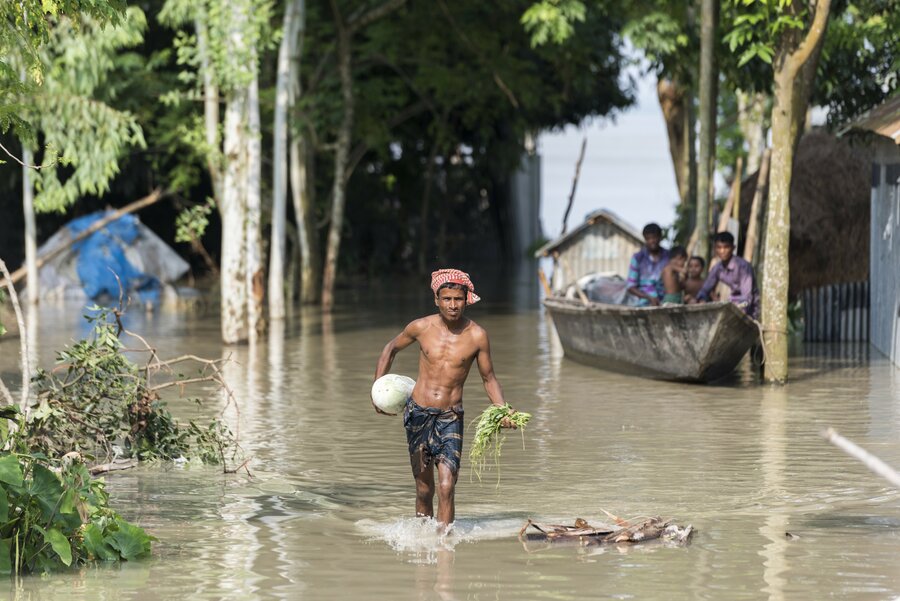
"When the earth smells dry and heavy grey clouds loom over our village, I know it will rain hard," says Saleha Begum, a farmer in Kurigram district, northwestern Bangladesh.
Here in what is known as the Land of Rivers, these are ominous warnings for Seleha and countless others whose livelihoods depend on the river.
Last month provided a dramatic reminder of this, as torrential floods swept away homes and displaced more than 7 million people in Kurigram, Jamalpur and Gaibandha districts.
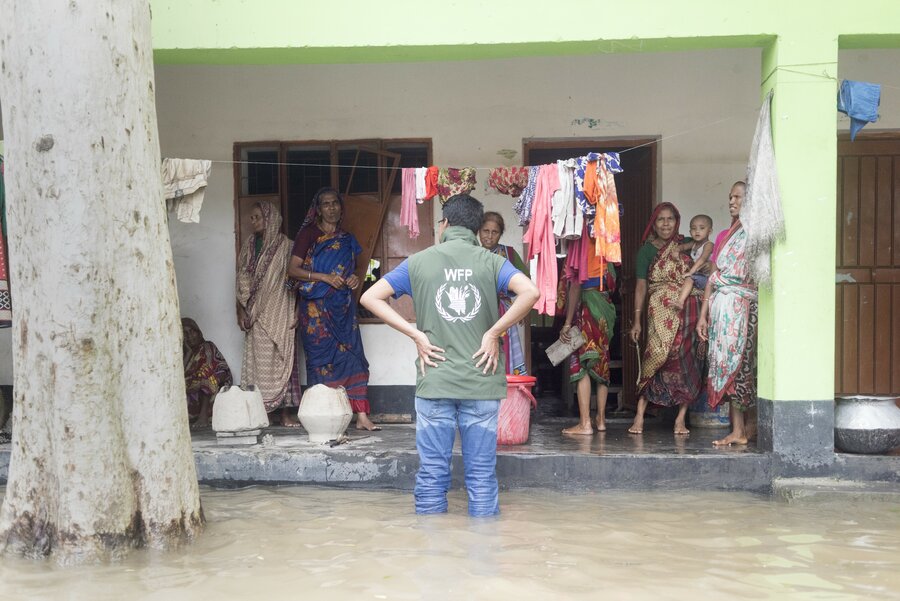
Many remain in temporary shelters, makeshift camps and embankments, as they wait for the water levels to decrease.
"It would not stop pouring and I could hear the river gushing. At that point, I knew that the floods were coming" said Feroze, a father of three who like Saleha farms rice, maize and other seasonal crops. "I picked up my children and went to take refuge on higher grounds."
In the flash of a storm, the river can switch from life source to potent threat.
"The river is our blessing and a curse," says Saleha, "We would not have survived if not for the river. Our land would have been parched and we would have nothing to eat. But the river is also like a curse — when it rains and there are floods, everything we possess is swept away."
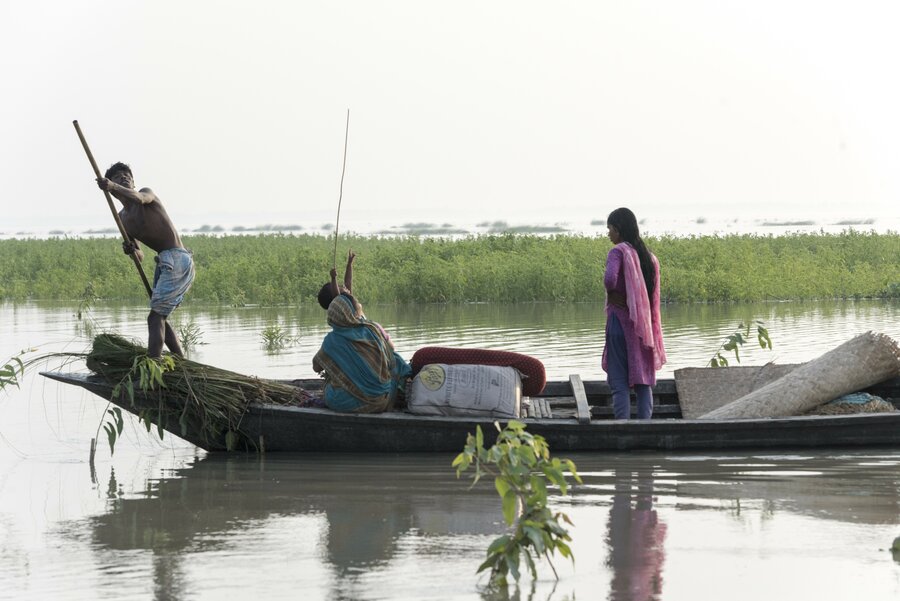
"Over the years, the pattern of rainfall has changed, and monsoons are becoming even more dangerous and unpredictable."
Home to more than 700 rivers, nearly two-thirds of the Bangladesh is less than 15 feet above sea level. Heavy rains leave most parts of the country submerged for long periods.
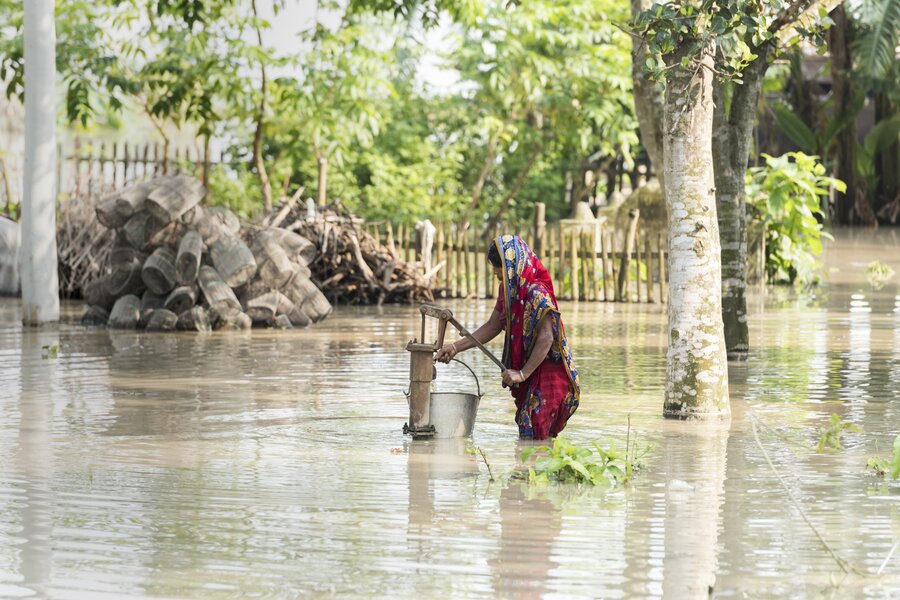
The situation is compounded by rising temperatures in the Himalayas, with melting glaciers swelling the River Brahmaputra which flows through Kurigram and into the Bay of Bengal.
Repeated monsoons and flooding mean ongoing humanitarian responses can only have a limited and short-term impact. Instead the emphasis has shifted to preparedness and resilience in the face of such recurrent threats.
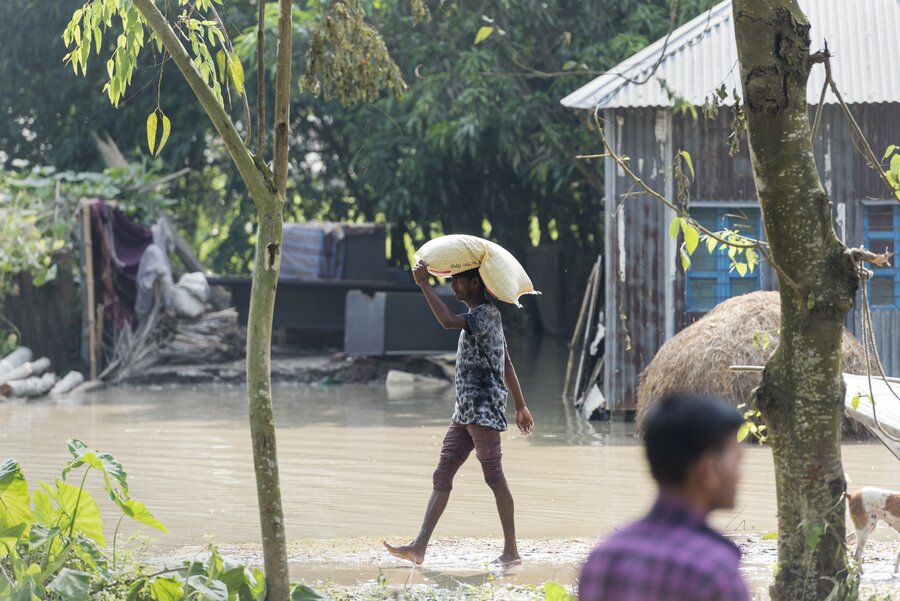
Through an approach known as Forecast-based Financing, the World Food Programme (WFP) and partners can take preemptive actions based on credible weather forecasts. This equips people with the means to better deal with disasters and reduces the need or scale of humanitarian response in their wake.
Forecast-based Financing uses scientific data and weather predictions to determine whether a response needs to be triggered before water levels exceed the danger line. In Bangladesh, it was activated by WFP for the first time prior to the floods in July.
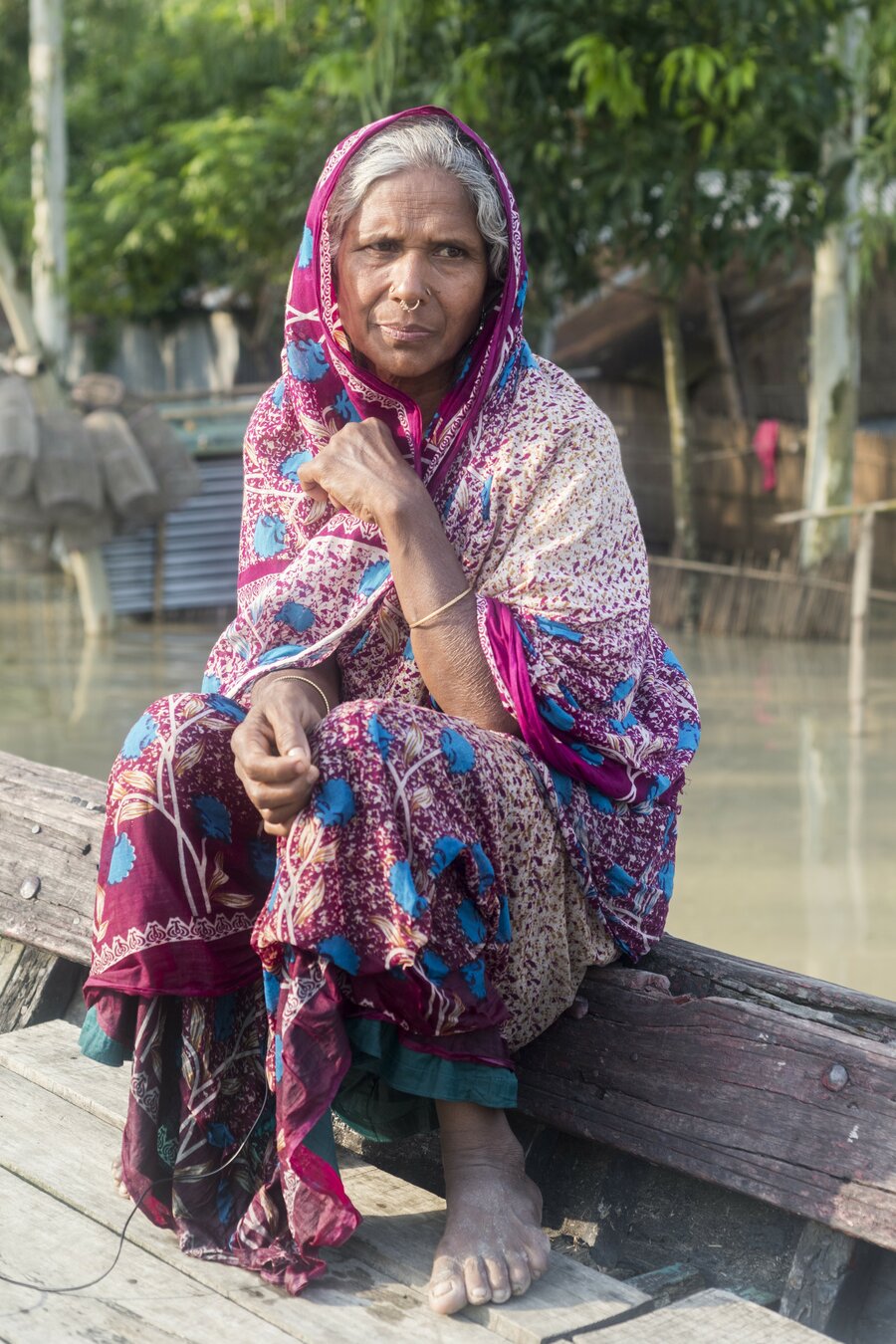
Around 25,000 people received US$53 each to buy life-saving food to prepare for severe flooding. They also use the money for materials such as bamboo to strengthen their homes. The cash was distributed to the most vulnerable people, including families headed by disabled and elderly people, and to single women.
Partnerships have been key to the success of Forecast-based Financing since it was introduced in Bangladesh, with WFP working with government departments including the Bangladesh Meteorological Department and the Flood Forecasting and Early Warning Centre, as well as the local Red Crescent Society. Work has also included providing weather warnings to remote communities, and updating the registration details and thresholds for eligible families.
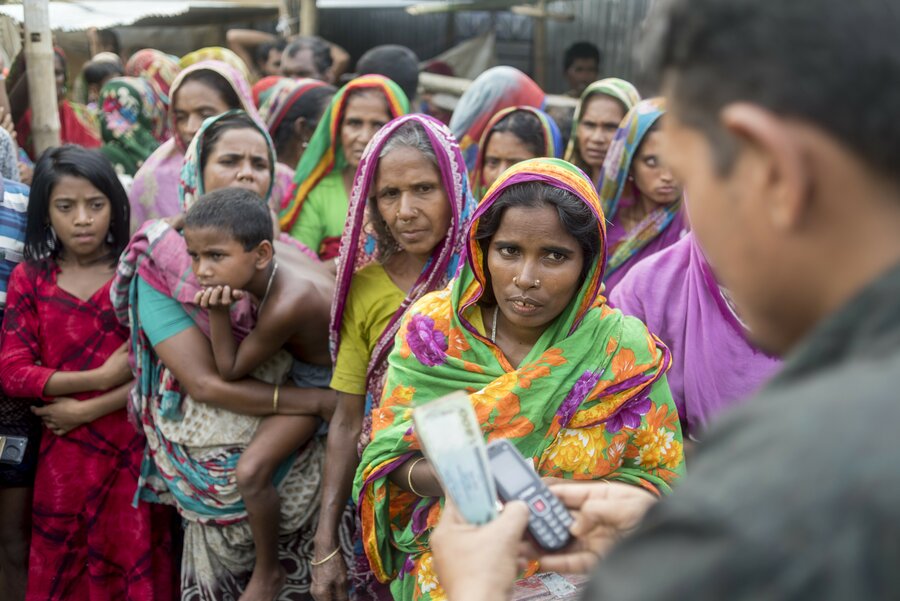
WFP Bangladesh, with the technical support of Red Cross Climate Center, has developed a ten-day, two-stage response, using a Global Flood Awareness System and Flood Forecast and Warning Center Forecast system.
"Everyone in the village, even in our sadness, we are happy," explains Saleha. "The money has helped me a lot. I bought some dry food, rice, and bamboo with the money. The house is still somewhat intact. I'm going to fix it later."
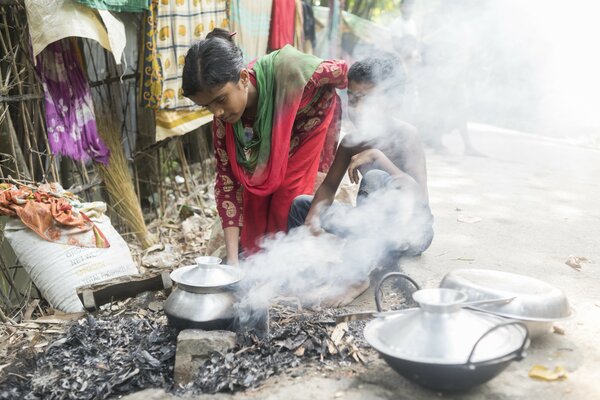
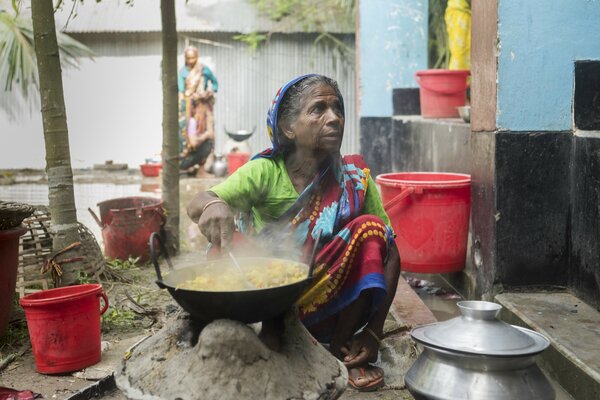
Sajeda Khatun was among others to receive money from WFP. "I bought rice, lentil and some dry foods to eat during the flood," she said. "We have also rented a boat to store some assets I have. I cooked food for my family members by making a portable oven on there."
WFP also provided fortified biscuits to more than 250,000 people in the three northwestern districts, which sustained them for three days as an immediate response to the floods. The biscuits are often used in emergencies as they are nutritious, easy to transport, and do not need cooking.
See also: Forecast-based Financing (FbF), including in Bangladesh. WFP's work in Bangladesh.
